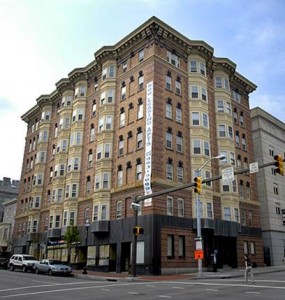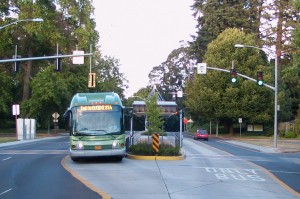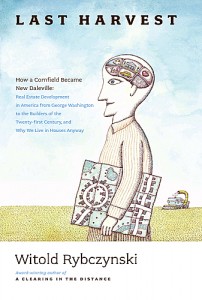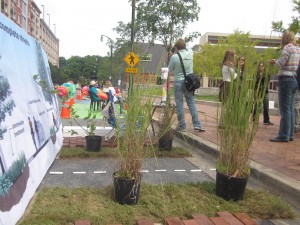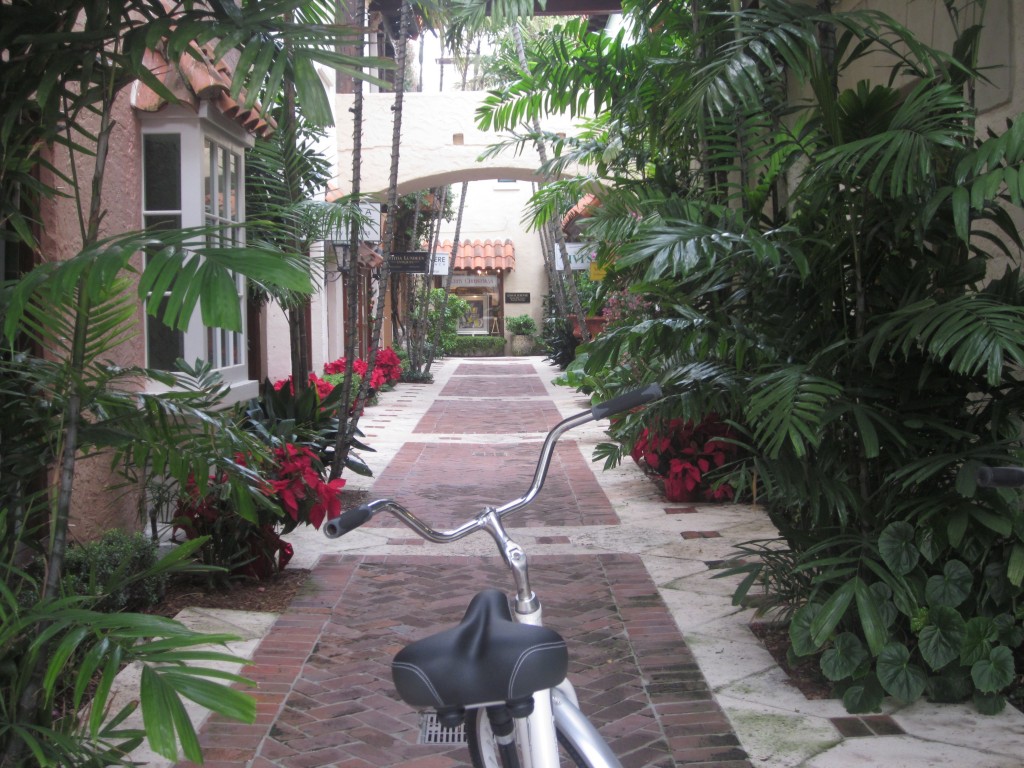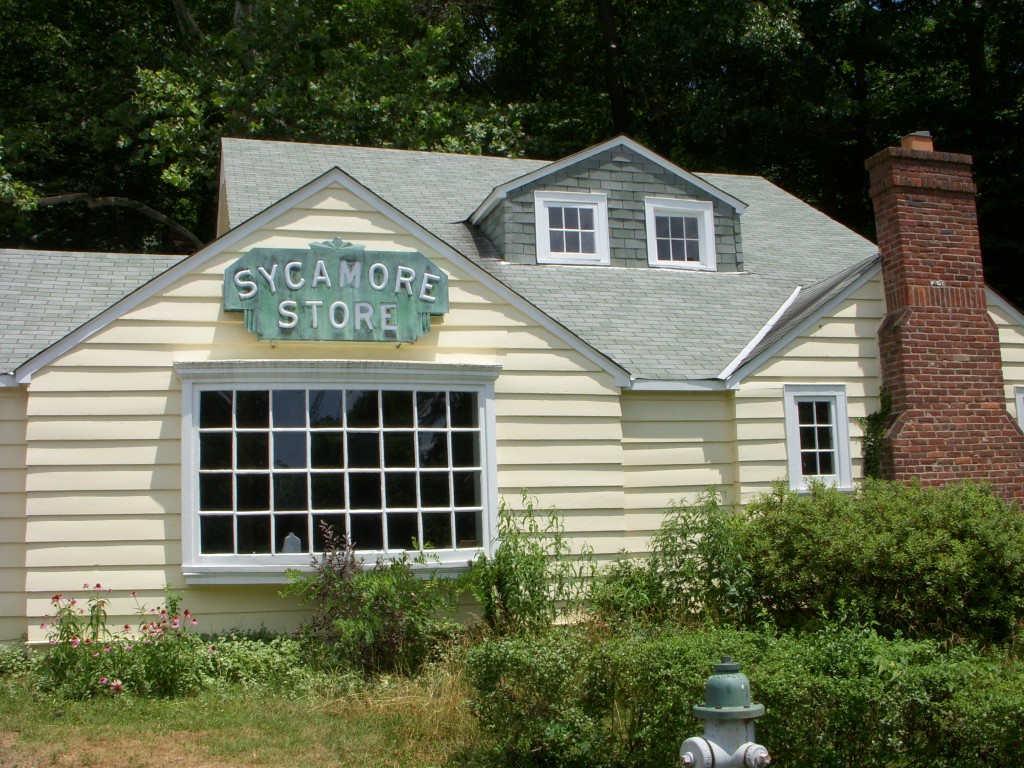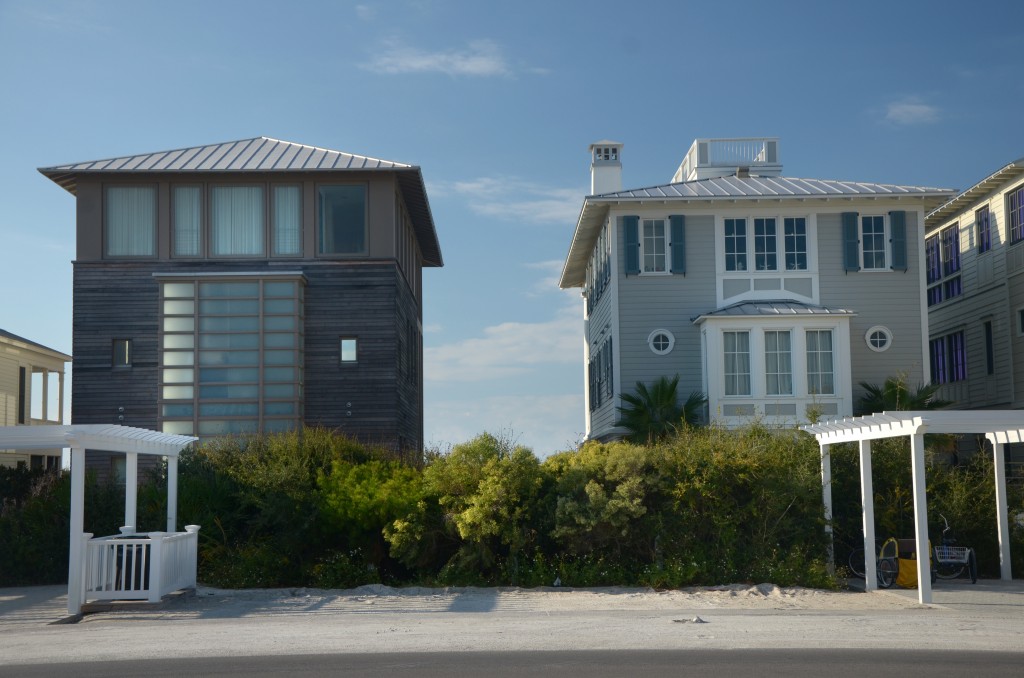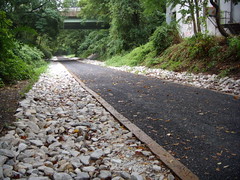
Building a successful and attractive transit system takes more than drawing lines on a map and buying snazzy vehicles. In addition to the many technical issues, one of the most important factors is values. Who is the system for, and why will they use it?
International transportation consultant Jarrett Walker, who writes the blog Human Transit, has a new book by the same title about the values behind transit, transit’s limits and opportunities, and why people do and don’t ride.
On Tuesday, February 7, the Planning Commission is hosting Jarrett as a part of our speaker series. The talk will start at 7:30 pm in the Planning Board auditorium at 8787 Georgia Avenue in Silver Spring.
If you can’t … Continue reading
